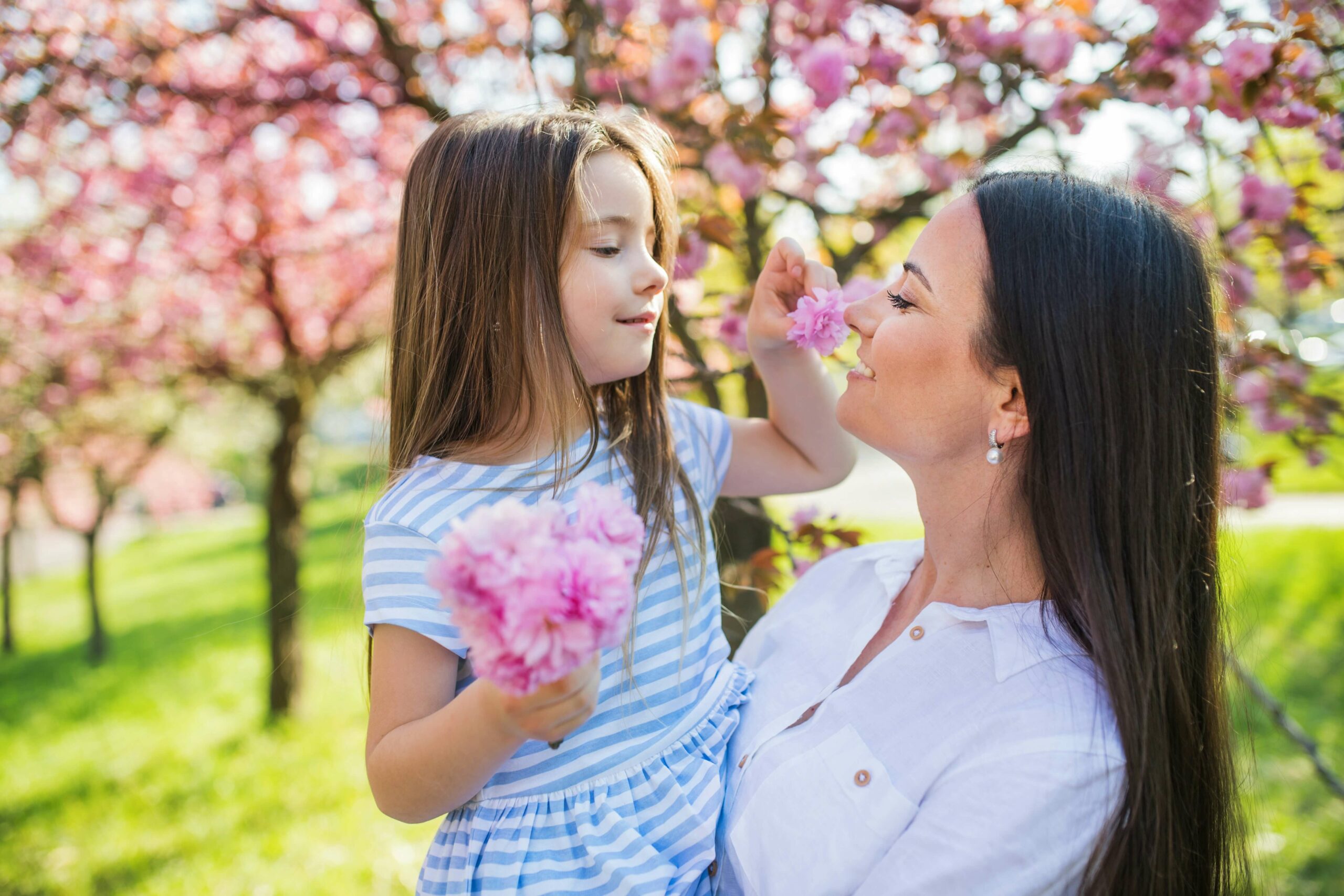Are you noticing your child sneezing and having a runny nose? Hay fever in children can have the same symptoms as adults such as sneezing, runny nose, and watery eyes. Seasonal allergies, also known as hay fever or seasonal allergic rhinitis, is a condition where the membranes that line the sinuses become inflamed due to an allergic reaction. This inflammation can cause cold-like symptoms in both children and adults.
Pollen in the air, pet dander, and household dust can cause allergic reactions in children too. In fact, almost 1 in 5 kids are known to have seasonal allergies. Although it's not pleasant to see your child suffering, there are steps you can take to minimise their symptoms. Also, if your child's allergies are seasonal, they are likely to improve over time as the weather changes
What is the Cause of Hay Fever?
Hay fever is a condition caused by pollen released into the air by blooming plants like trees, flowers, grasses, and weeds. Despite its name, it has nothing to do with hay and does not cause a fever in your child. If your child is allergic to this pollen, their immune system produces histamine, which causes inflammation and results in unpleasant respiratory symptoms.
What are the Risk Factors for Hay Fever in Children?
Have you ever wondered why some kids get hay fever while others don't? Well, it turns out that hay fever is more likely to affect kids who have close family members with seasonal allergies, eczema, other allergies such as food allergies, or those who are exposed to many allergens in their living environments.
How is Hay Fever Diagnosed in Children?
If you suspect your child has hay fever, there are a few things you can look out for. One of the strongest indicators is if their symptoms are seasonal, meaning they come and go depending on the weather. In the United Kingdom, spring allergies are most common and usually start in February, and last until early summer. So, if your child experiences symptoms during this time, it could be a sign of hay fever. Another clue is if your child's symptoms seem to be triggered by certain locations, such as being around pets or in dusty environments. This can also point to hay fever as the cause.
If you take your child to see their paediatrician, the doctor will likely run some tests to rule out other possible causes, like asthma. They may also refer you to an allergist who can perform skin prick tests. These tests can help identify exactly what your child is allergic to, such as specific types of pollen, flowers, or grass
What are the Treatment Options for Hay Fever in Children?
Most treatments for hay fever in children can be easily done at home. Several over-the-counter antihistamine medications for seasonal allergies are available in the market that come in appropriate products and dosages for children. However, it is always advisable to follow the recommended dosage and consult your child's doctor before administering any new medication.
In addition to medications, nasal sprays, cold compresses on the face, and neti pots are also effective in clearing nasal congestion in children. There are also many options available to reduce allergens in your home, such as washing linens weekly, replacing pillows every 2 to 3 years, keeping your child away from piles of dead leaves, and using allergen-proof zip-up covers on mattresses and cushions.
What is the Outlook for Children with Hay Fever?
Many children who are affected by hay fever may outgrow the condition, but a significant number of them may continue to suffer from it throughout their adult life as well. Unfortunately, there is no known cure for seasonal allergies. However, one can manage the symptoms by taking medication and making modifications at home to reduce exposure to allergens. These measures can help make the seasonal irritation more bearable.
Can Hay Fever Cause a Rash?
While other symptoms of hay fever are related to breathing in allergens like pollens, hay fever rashes can often be caused by allergens coming in direct contact with the skin. For example, if you touch various pollens in plants and flowers while working in your garden, and then stir up these pollens by working in flowerbeds, you can develop a skin irritation that can lead to a full-blown skin rash or hives.
A rash may be mistaken for hives, which are generally caused by an allergic reaction to something that’s been ingested or inhaled. However, hives can also occur as a result of hay fever. The first symptoms you’ll notice are itchiness and possibly red patches or eruptions on the skin. These look more like welts than bumps, with edges that are clearly defined. The surface of the skin will appear swollen, almost as if you’ve been scalded. As time goes on, the spots may increase in size, and they may even disappear and reappear later. Hives specifically tend to turn white when pressed.
How Can You Tell If Your Child’s Symptoms are Allergies or Asthma?
It can be tricky to distinguish between seasonal allergies and asthma, as they have similar symptoms and often occur together. However, asthma usually causes a persistent cough, wheezing, and breathing difficulties. If you're worried that your child might have asthma, it's best to seek help from a healthcare professional who can provide a diagnosis.


 71–75 Shelton Street, Covent Garden, London, WC2H 9JQ
71–75 Shelton Street, Covent Garden, London, WC2H 9JQ +44 (0) 20 3376 1032
+44 (0) 20 3376 1032



